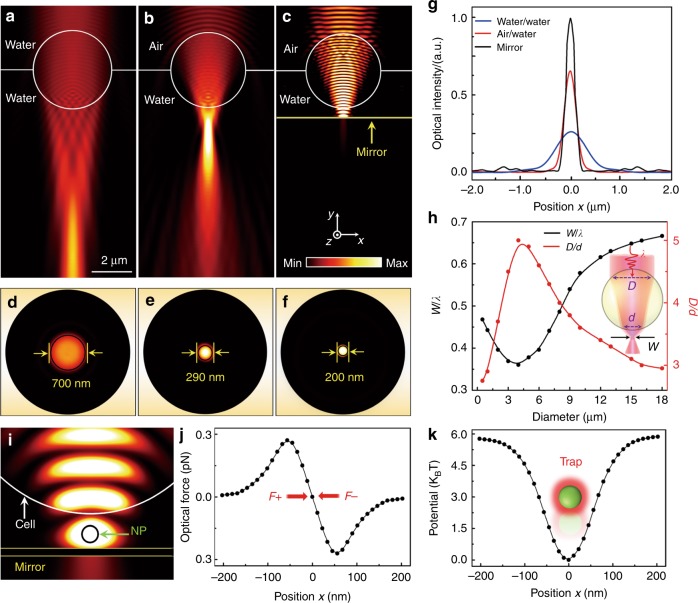Fig. 5. Numerical simulation and calculation.
a–c Optical intensity distributions of light focusing by a 4-μm biomagnifier fully immersed in water (a), semi-immersed in water (b), and suspended on the surface of a mirror (c). The illumination light source was set as a Gaussian beam with a wavelength of 560 nm. d–f Optical intensity distributions of the light spots from the biomagnifier corresponding to a–c) in the x–z plane. g Optical intensity profiles at the focal planes of the output light from the biomagnifiers in the x direction. h FEM simulation results for the normalized waist of the light spot w/λ (w is the waist radius of the light spot and λ is the wavelength of the input light) and the ratio D/d (the width of the linear region where light enters the biomagnifier at its front surface is referred to as D, and the width of the output light beam at the rear surface is d) as a function of the biomagnifier diameter. i Simulated intensity distribution of near-infrared trapping light showing that a nanoparticle (radius: 50 nm) is trapped in the gap between the biomagnifier and mirror. The input optical power of the trapping light was set to 10 mW. j Simulated optical forces of the nanoparticle trapped in the light spot as a function of the nanoparticle position along the x direction. k Calculated trapping potential of the trapped nanoparticle as a function of the position along the x direction

